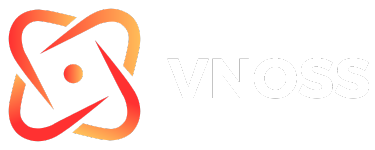In recent years, AI art generators have revolutionized the creative landscape, democratizing artistic expression and sparking important conversations about creativity, authorship, and the future of art. These sophisticated systems use machine learning algorithms to create stunning visual content from simple text prompts or image inputs.
How AI Art Generators Work
At their core, AI art generators utilize complex neural networks trained on vast datasets of images. Most modern systems employ diffusion models or generative adversarial networks (GANs) that have learned patterns and relationships from millions of images.
When a user enters a text prompt like “sunset over a misty mountain range in the style of Monet,” the AI analyzes this description, breaks it down into meaningful components, and generates an image that matches these parameters. Advanced systems can interpret nuanced artistic styles, compositions, and even emotional tones.
Popular AI Art Platforms
The AI art space has expanded rapidly with several notable platforms:
- Midjourney has gained popularity for its distinctive aesthetic qualities and remarkable ability to interpret abstract concepts.
- DALL-E by OpenAI brought text-to-image generation into the mainstream with its intuitive interface and impressive results.
- Stable Diffusion emerged as an open-source alternative, allowing developers to build upon its framework.
- Leonardo.AI and Adobe Firefly have focused on commercial applications and creative professional workflows.
Transforming Creative Industries
AI art generators are reshaping multiple sectors:
- Graphic Design: Professionals now use AI tools to rapidly prototype concepts and explore visual directions.
- Entertainment: Game developers and film studios leverage AI for concept art, background generation, and creative inspiration.
- Marketing: Brands utilize AI-generated visuals for campaigns, social media content, and product visualization.
- Education: Art educators incorporate these tools to teach concepts and inspire students with new possibilities.
Ethical and Legal Considerations
The rise of AI art has raised complex questions about:
- Copyright and ownership: Who owns AI-generated artwork? The platform developers, the prompt engineers, or no one?
- Artist livelihoods: How will traditional artists coexist with technology that can mimic styles and produce content at unprecedented speed?
- Data sourcing: Many AI systems were trained on artists’ work without explicit consent, leading to ongoing debates about fair compensation.
- Authenticity: As AI-generated content becomes increasingly sophisticated, questions arise about the value of human-created art.
The Future of AI Art Generator
The technology continues to evolve rapidly. Recent advancements point toward:
- Greater user control over specific elements and composition
- Video generation capabilities expanding beyond static images
- Integration with other creative tools in comprehensive workflows
- More transparent training practices and artist compensation models
Finding Balance
While some view AI art tools as threats to human creativity, others see them as powerful extensions of human expression. Many artists have embraced these technologies, incorporating them into their processes rather than replacing traditional methods.
The most promising approach appears to be one that values AI as a collaborative creative partner rather than a replacement for human ingenuity. As these technologies mature, the conversation continues about how to harness their potential while addressing legitimate concerns about their impact on creative industries.
As with many technological revolutions, adaptation and thoughtful implementation will likely determine how AI art generators ultimately shape our creative future.
